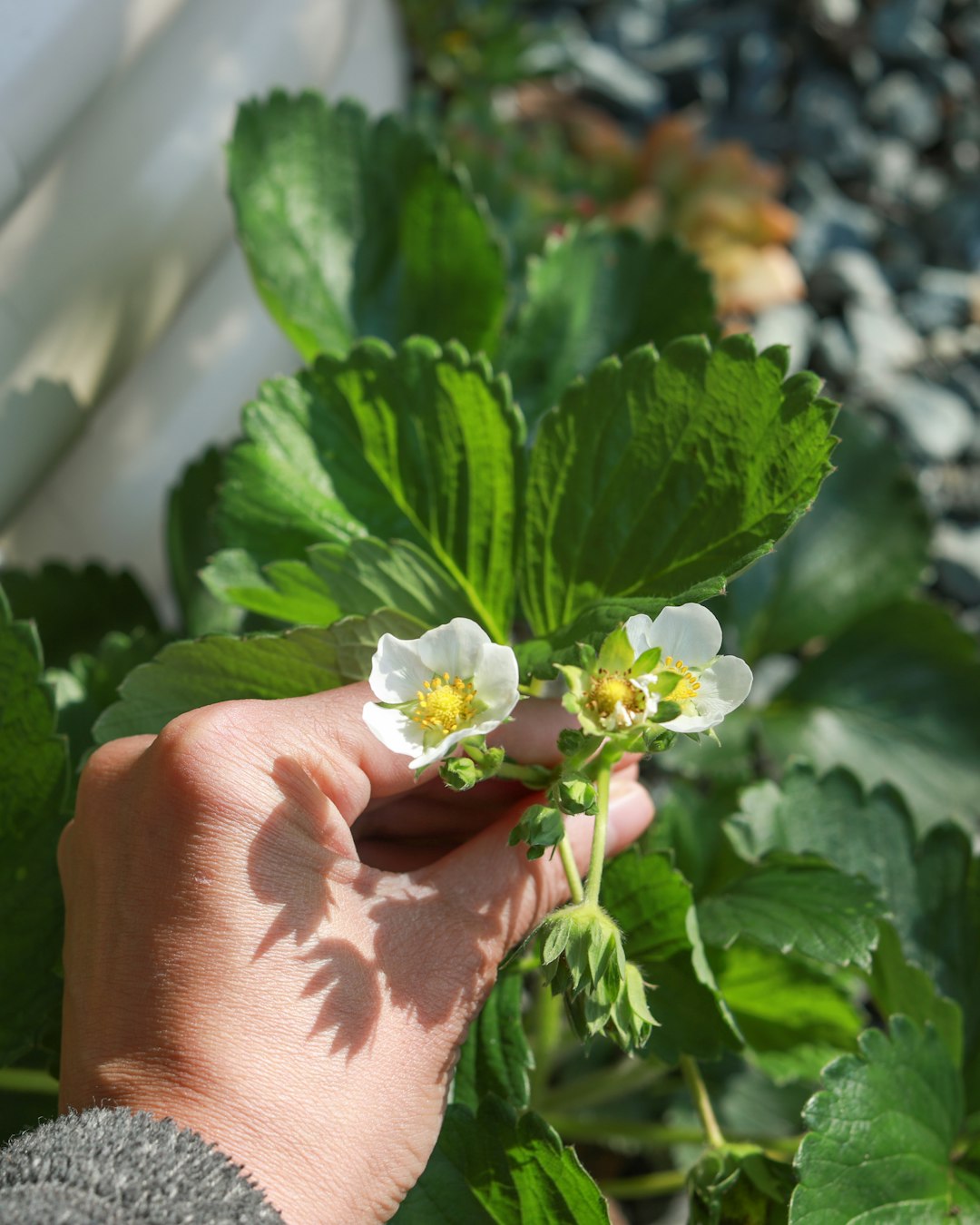Unveiling the Secrets of Delphinium Gardening

Delphiniums, with their towering spikes of vibrant, showy flowers, are a true gem in any garden. These perennials are a favorite among gardeners for their ability to add a touch of elegance and color to the summer landscape. In this article, we will explore everything you need to know about growing and caring for delphiniums to ensure a bountiful display of their stunning summer blooms.
Choosing the Right Location
Delphiniums thrive in full sun, but they also appreciate some afternoon shade in hot climates. When selecting a location for your delphiniums, look for an area that receives at least six hours of direct sunlight per day. The soil should be well-draining, rich in organic matter, and have a slightly acidic to neutral pH. Avoid planting delphiniums in areas prone to waterlogging, as this can lead to root rot.
Preparing the Soil
Before planting delphiniums, it's essential to prepare the soil properly. Start by removing any weeds or debris from the planting area. Then, dig a hole that is twice as wide and just as deep as the root ball of your delphinium plant. Mix in a generous amount of compost or well-rotted manure to improve the soil's fertility and drainage. You can also add a slow-release fertilizer to provide the plant with essential nutrients throughout the growing season.
Planting Delphiniums
When planting delphiniums, gently remove the plant from its container and loosen the roots. Place the plant in the prepared hole, making sure that the top of the root ball is level with the soil surface. Backfill the hole with soil, firming it gently around the base of the plant. Water the plant thoroughly to settle the soil and remove any air pockets.
Watering and Fertilizing
Delphiniums require regular watering, especially during dry periods. Keep the soil evenly moist, but not waterlogged. Water at the base of the plant to avoid getting the foliage wet, as this can increase the risk of fungal diseases. During the growing season, fertilize your delphiniums every four to six weeks with a balanced, water-soluble fertilizer. This will help promote healthy growth and abundant flowering.
Staking and Support
Due to their tall and slender growth habit, delphiniums often require staking to prevent them from toppling over in strong winds or heavy rain. Install stakes or supports around the plants when they are young, and tie the stems to the stakes using soft twine or plant ties. This will help keep the plants upright and prevent damage to the stems.
Pruning and Deadheading
To encourage continuous blooming and maintain the plant's shape, it's important to prune and deadhead delphiniums regularly. After the first flush of flowers has faded, cut the flower spikes back to the base of the plant. This will stimulate the growth of new flower buds and prolong the blooming period. In the fall, after the foliage has died back, cut the plant back to a few inches above the ground to prepare it for winter.
Pest and Disease Control
Delphiniums are susceptible to a variety of pests and diseases, including aphids, slugs, snails, and powdery mildew. To prevent these problems, keep the garden clean and free of debris, and remove any infected or damaged plant parts immediately. You can also use organic pest control methods, such as neem oil or insecticidal soap, to treat pest infestations. For fungal diseases, ensure good air circulation around the plants and avoid overhead watering.
Overwintering Delphiniums
In colder climates, delphiniums may need some protection during the winter months. After the foliage has died back, apply a layer of mulch around the base of the plant to insulate the roots and protect them from freezing temperatures. You can also cover the plant with a frost blanket or burlap to provide additional protection. In the spring, remove the mulch and any protective coverings once the danger of frost has passed.
In conclusion, growing and caring for delphiniums can be a rewarding experience. By following these simple tips and guidelines, you can enjoy a spectacular display of these beautiful perennials in your garden year after year. So, roll up your sleeves, get your hands dirty, and start planting delphiniums today!